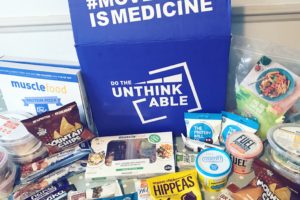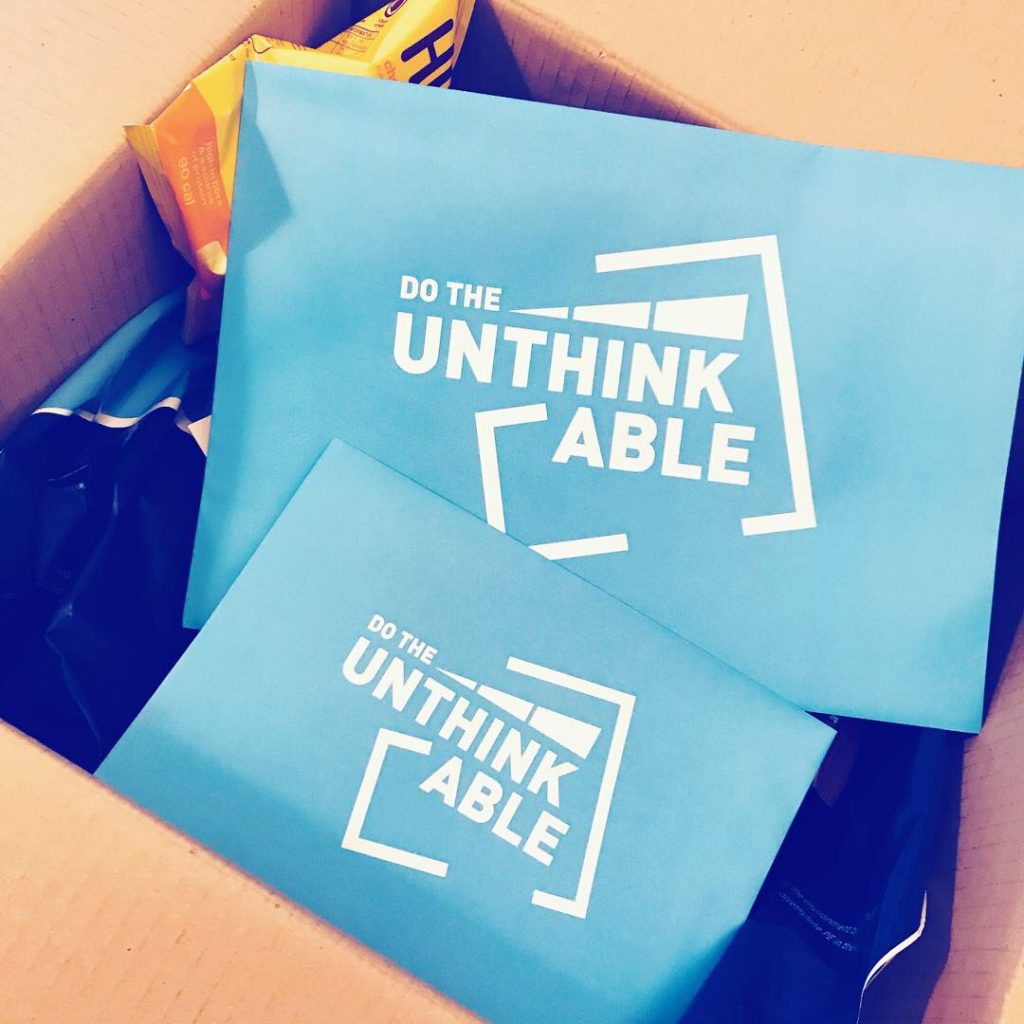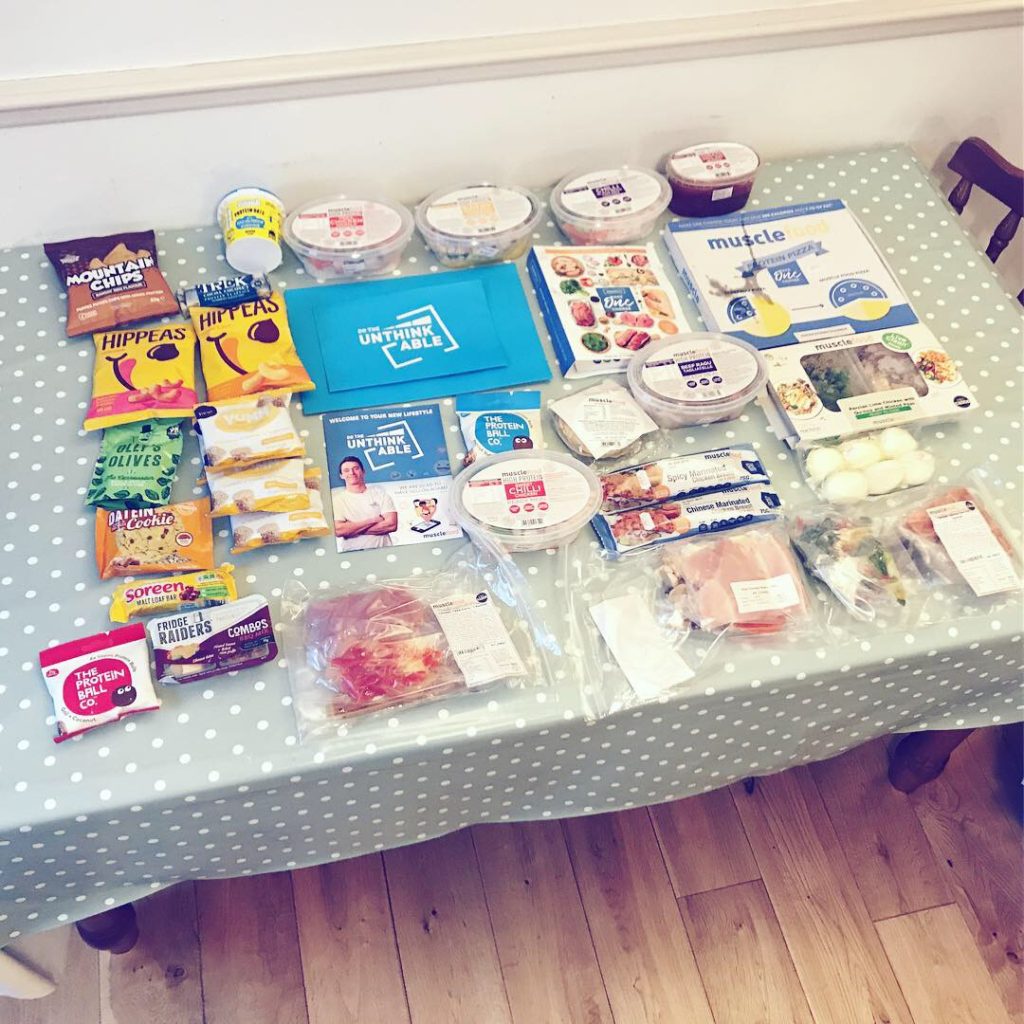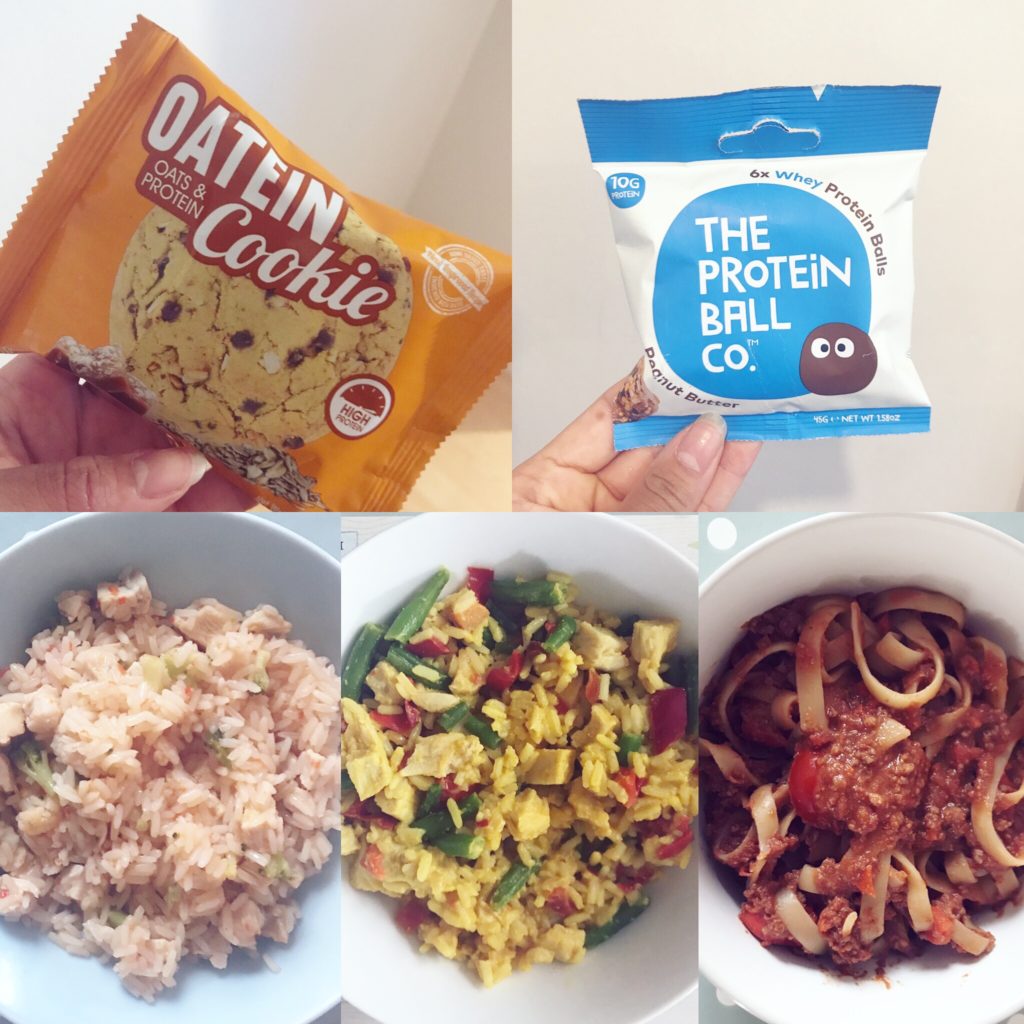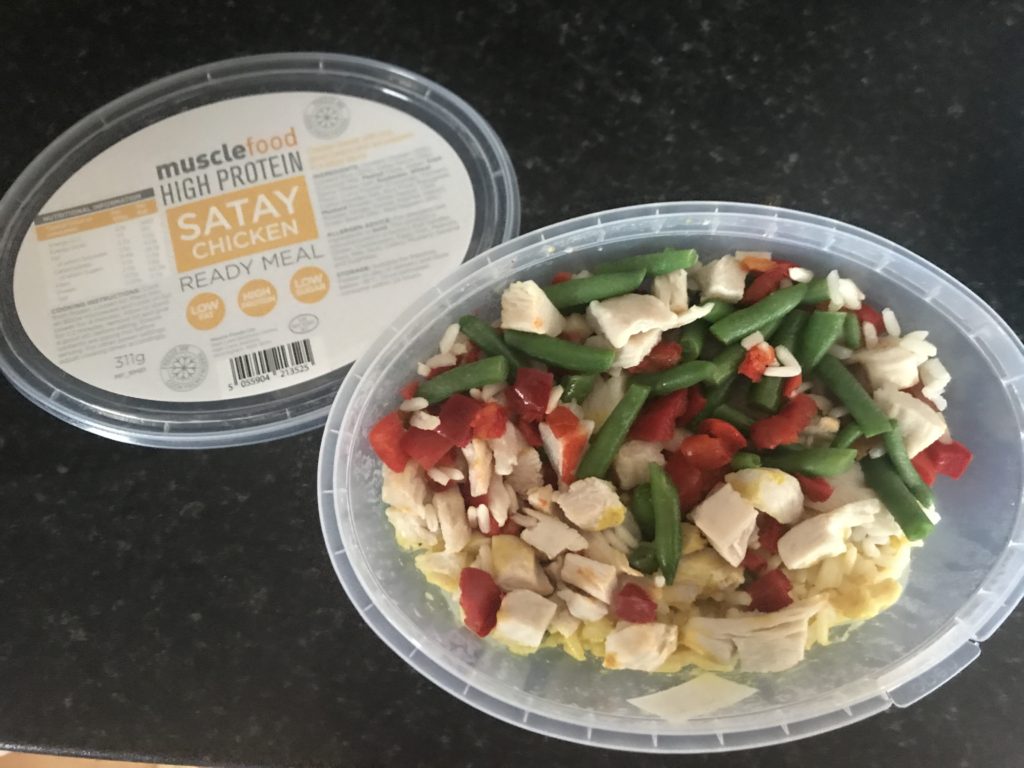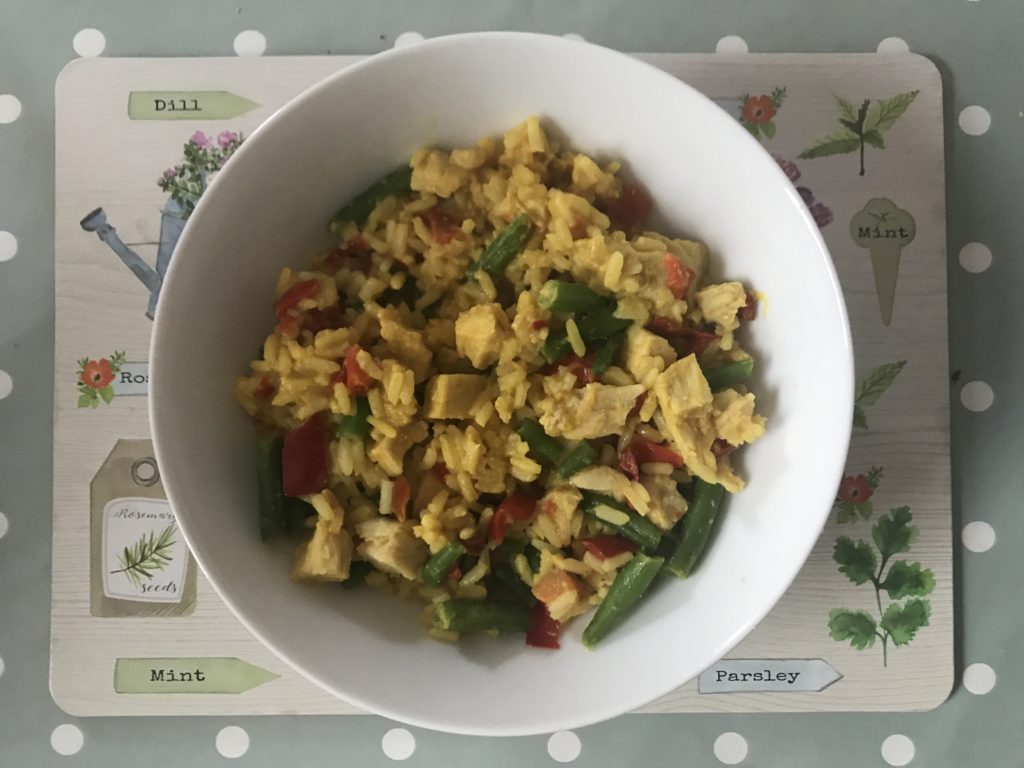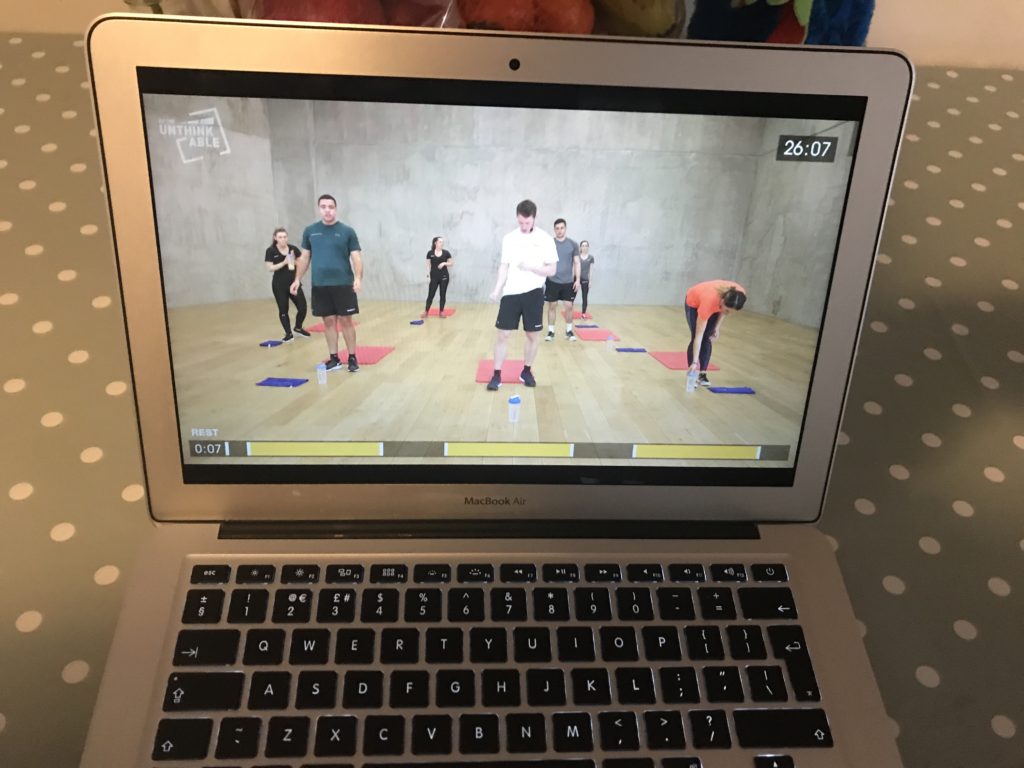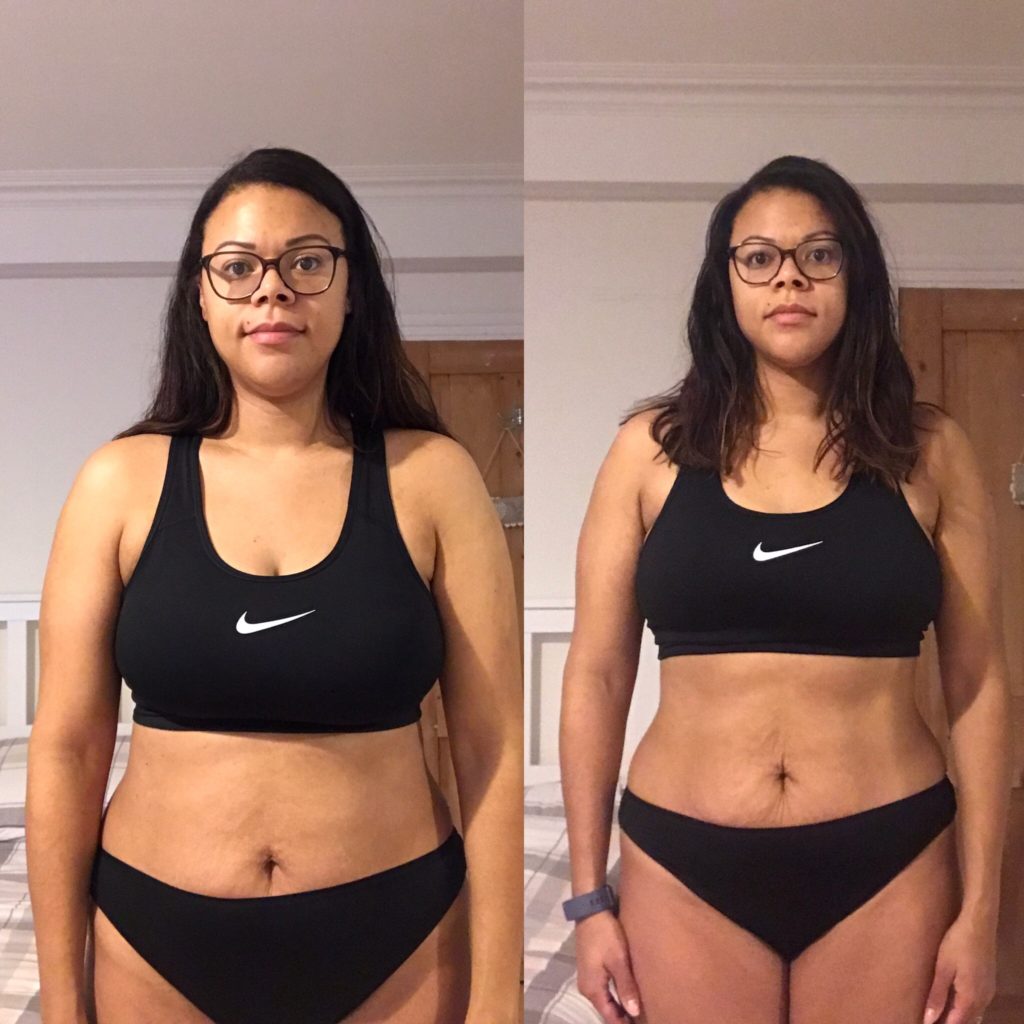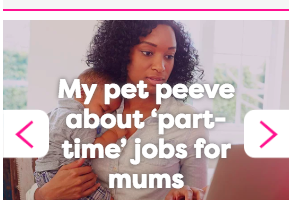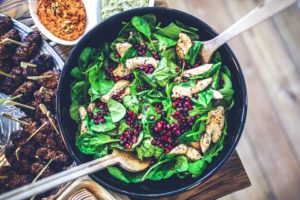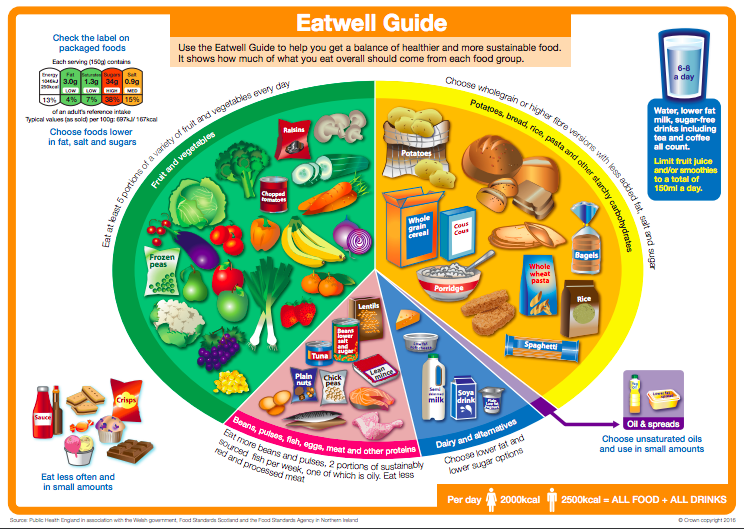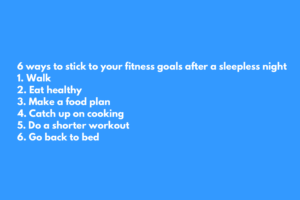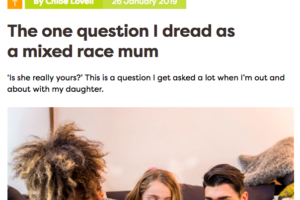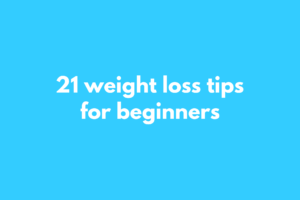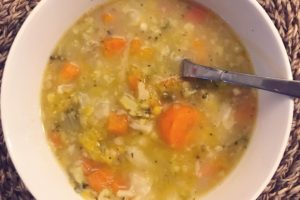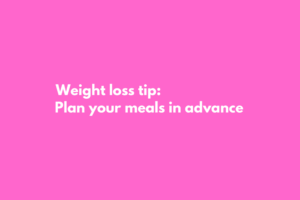Muscle Food, famous for high protein food hampers, have a brand new weight loss programme called Do The Unthinkable. For four weeks I’ve given the plan go and now I’m ready to dish the lowdown on this new food and fitness plan.
What is Do The Unthinkable?
Do The Unthinkable is a weight loss plan from Muscle Food. Every meal and snack is delivered directly to your door, along with access to high intensity workouts to complete each week and support from a Personal Trainer. The plan is designed to be followed for 12 weeks and is split into three phases, with each phase split into four week sections.
My weight loss on Do The Unthinkable
Having completed Phase 1 of the plan, I’m delighted to share that I feel fitter, stronger and a lot slimmer. I also feel more in the know on what to eat for successful weight loss. That said, my final weigh in shows that I’ve actually stayed the same weight, despite feeling trim. I put this down to a few things that are completely on me and not the plan, the main thing being my birthday in the last week of the plan and having too many unplanned indulgences! I should also share that I have a really good skill at putting on weight quickly, so I’m sure if it wasn’t for those extras I consumed, my weight loss could have been a good 6lbs down!
What I love about Do The Unthinkable weight loss plan
– Yummy food to your door
Having every meal and snack delivered directly to your door is simply amazing and makes eating healthy so simple! Each week I would receive a huge hamper filled with all the food choices I made online. Many of the meals to choose from just require heating up, but there are also lots that you can make yourself with the ingredients provided – I’m a big fan of the Peri Peri chicken with wedges and roasted veg. Overall the food was good.
– Easy to follow
When you sign up to Do The Unthinkable, you’re given special access to the plan online and here you can pick from a wide range of foods to eat for breakfast, lunch and dinner. You can also choose three snacks a day. Online you can access all the workouts you need to complete for each week and there’s a great Facebook group too, where you can ask a Personal Trainer and other members questions.
– Online support
I was really impressed with the online support you receive with the plan. The Personal Trainer is great at answering any question you have, as our the members of the private Facebook group you have access to. The whole community is really friendly, welcoming and full of inspiring members.
– Challenging workouts
The workouts are tough!
– 5 days on plan and 2 days ‘off’
There are several options available when it comes to the plan. You can decide to receive food for 5 days, 6 days or 7 days. I opted for the first option and enjoyed having my weekends free to be able to eat out or simply have the foods I’m used to making.
What I didn’t love about Do the Unthinkable
There are tons of positives to this plan and while I’m about to reveal the areas that didn’t work for me, I’m conscious that this is a matter of opinion and may not be a big deal to everyone. So please keep that in mind when you read on.
– Some meals are a lot tastier than others
After sampling quite a range of meals during Phase 1, there were meals that I really enjoyed and others that I personally found really disappointing. The less likeable meals were often low in vegetables or tasted quite different to the name given to them. Having meals and snacks that didn’t taste great was a little disheartening on days where I seem to have a run of ‘bad’ meals, however by week 3 I found my favourites and I picked all the meals I knew I liked.
– Food boredom
Even though I discovered all my food favourite towards the end of Phase 1, I started to feel bored of having the same meals. I loved the idea of not thinking about meal planning and cooking, but (surprisingly to me) I found myself looking forward to making my own meal plans and recipes again.
– Workouts not for beginners
This is a funny one to critique the plan on, as while I ‘enjoyed’ the workouts and found them amazingly challenging, at times I felt awful doing them and wished there was a beginner’s level. However, a workout isn’t meant to be easy is it? And throughout the workouts you are advised to go at your on pace, so perhaps this one is on me!
– No cold lunch options
All the lunches and dinners you receive require heating up or cooking from scratch. Many can be just be put in the microwave, so it’s not that they’re tricky to prepare in any way, but on occasions when I wasn’t near a microwave or wanted to be ‘out out’ over lunch time, I found myself wishing for a cold lunch option that I could take out with ease. That said, you have plenty of filling snacks as part of the plan, so just make sure you have one of those with you until you can get somewhere appropriate to prepare your meal.
Following the plan as a mum
– Clear your freezer
I’m usually the household cook and although all my meals had been taken care of, thank you Muscle Food, I still needed to feed my family. I’m in the habit of having a well-stocked freezer of family meals, but I hadn’t anticipated just how much of my Do The Unthinkable meals would need to go in the freezer – almost all of it! So heads up – make some space before you sign up to the plan!
– Healthy meal ideas for everyone
My daughter is a huge copycat and often asked for the same meals as the ones I was eating (or a version of), so I ended up making similar meals for the whole family. For the most part this felt like a huge positive, as we were all eating healthy dinners together. It only became an issue when I couldn’t replicate the high protein breakfast pancakes (why can’t I flip pancakes!) and I ended up sharing my Do The Unthinkable batch with my 3 year old!
Would you recommend that plan?
Overall I enjoyed the plan and I would recommend Do The Unthinkable. I felt a huge sense of freedom and reassurance knowing the foods I would be eating during the week where going to be healthy and help me lose weight. The plan opened my eyes to new types of meals and snacks you can enjoy on a weight loss journey, along with portion control – which has always been a weak spot of mine.
Although I’ve shared a few things I didn’t love about the plan, I wonder if this would change as I enter Phase 2 and 3, where I would get stronger and perhaps be given the choice of different foods to pick from.
I’ve always wanted to try a weight loss food delivery service, and I’m glad my first experience of one was Do The Unthinkable. The support from the Personal Trainer and Facebook group really is fab and I was always impressed with just how hard the short, at-home workouts were.
